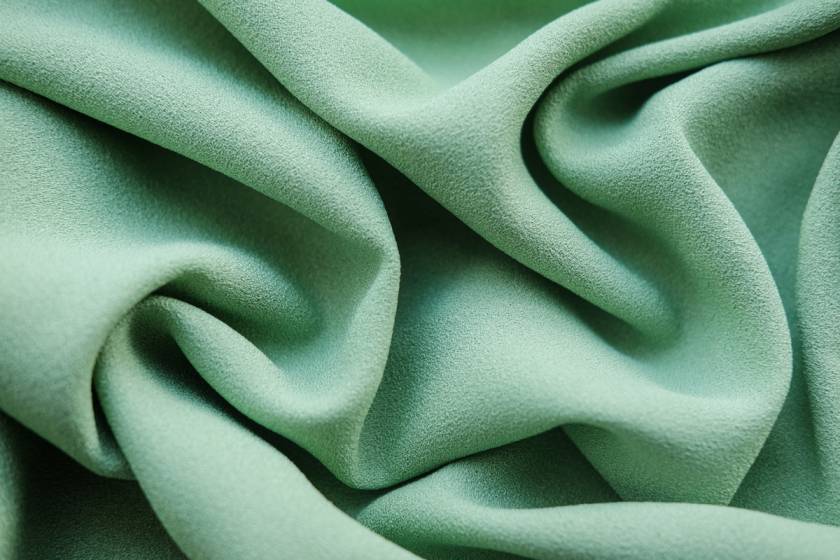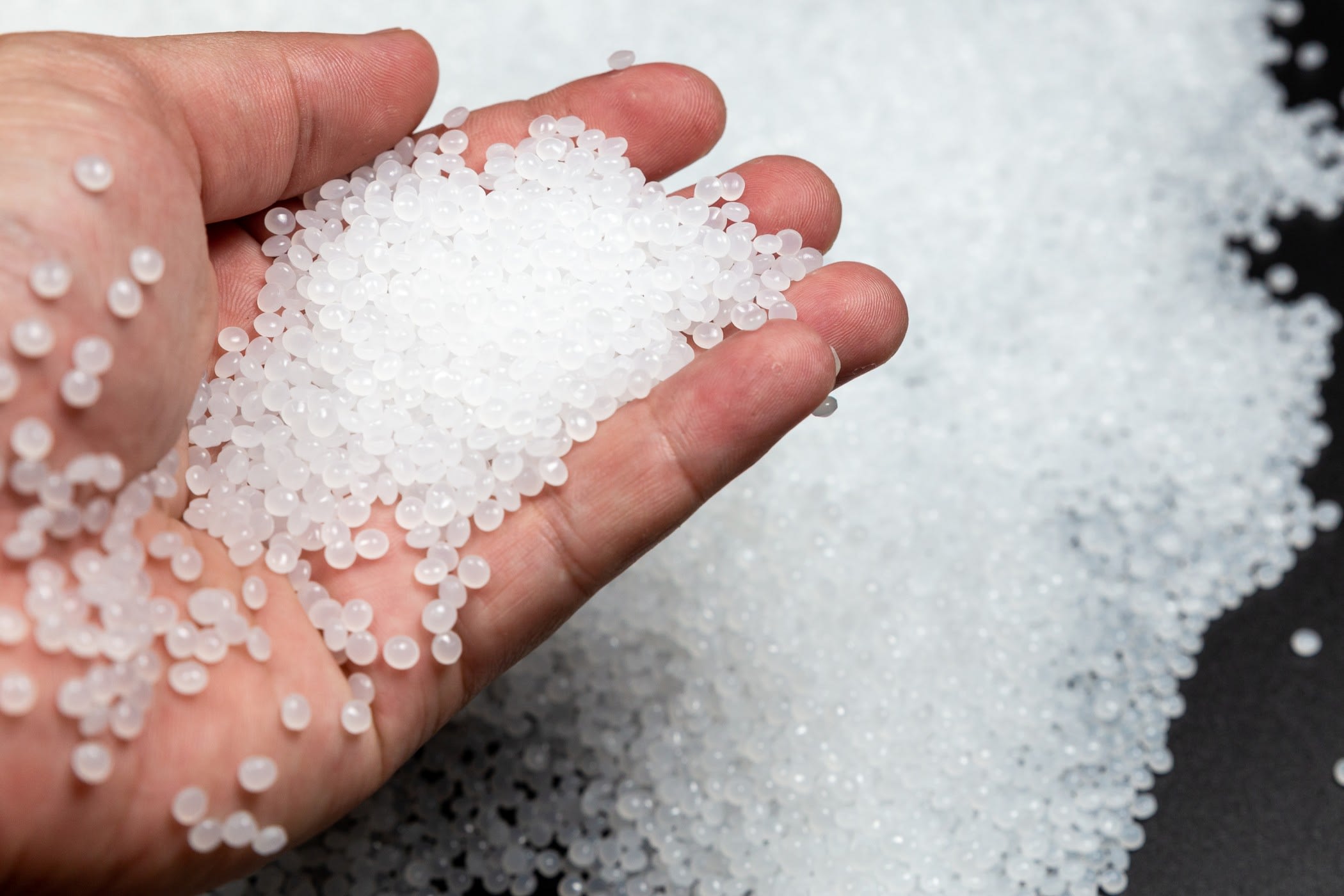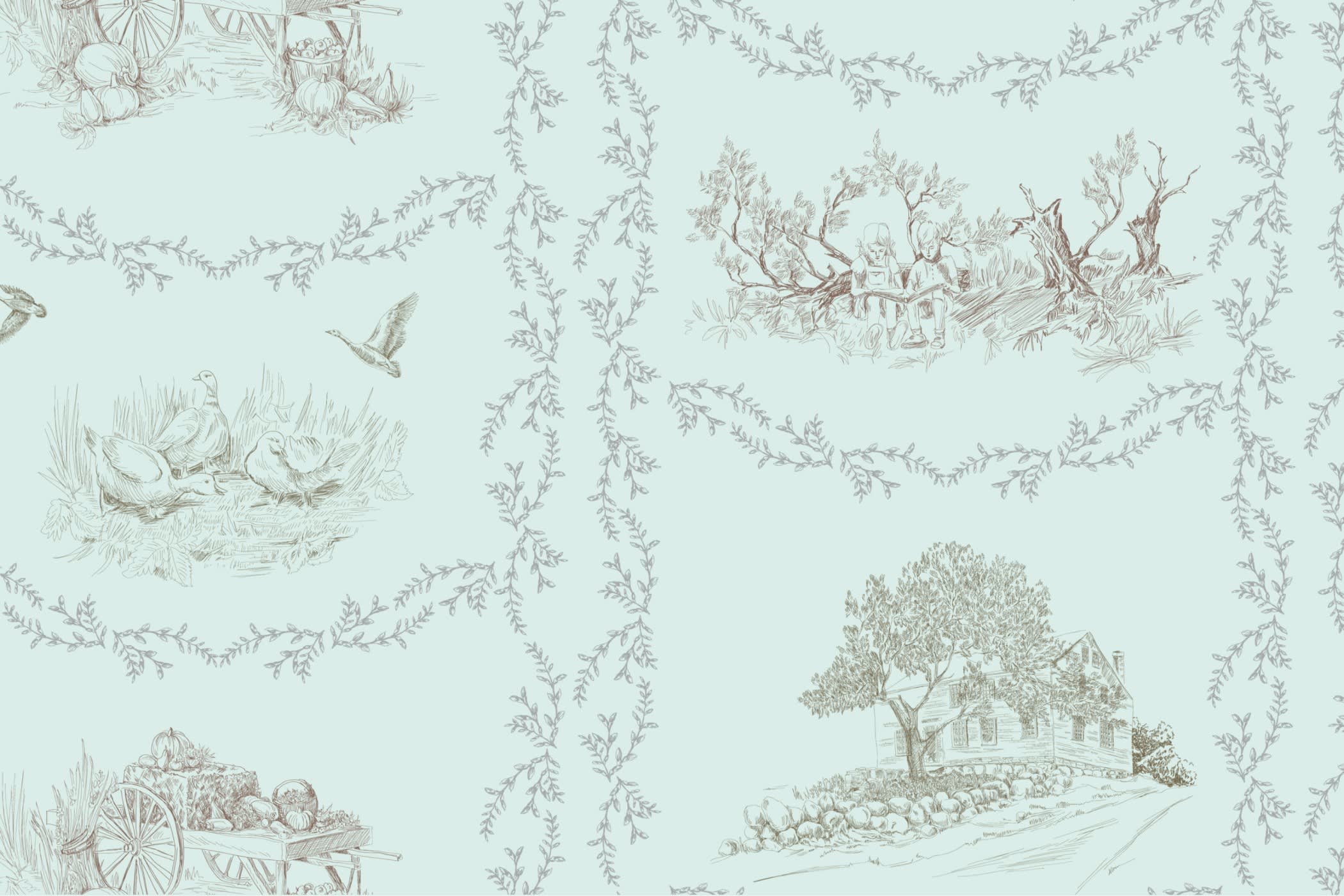A Guide on Georgette Fabric: Here’s What You Should Know



| Fabric name | Georgette |
| Fabric made from | Silk, polyester, rayon |
| Fabric breathability | Moderate |
| Major producers | India, Italy and Switzerland |
| Uses | Indian Sarees, curtains, table decorations and pillow covers. |
Origin
Georgette fabric is made out of a strong and plain weave. It has tear-resistant and lightweight properties. Clothes made from georgette have a semi-sheer and flowy look along with a gritty feel. It is believed that chiffon served as inspiration for creating the georgette fabric. However, georgette in contrast has better strength and is more long-lasting.
Georgette’s history goes back to the 20th century. The fabric is named after renowned French dressmaker Georgette de la Plante. De la Plante introduced georgette by creating various dresses and gowns with a characteristic ‘net finish’. At the time, georgette fabric was made out of silk. Modern production processes also use synthetic and semi-synthetic fibers.
Production
Georgette can fall into two categories: pure and faux. Pure georgette is woven from silk yarns and faux georgette is woven from polyester and rayon. In modern times, georgette is largely made using synthetic filaments.

The fabric is woven, in both warp and weft, into extremely twisted yarns. This makes georgette slightly rough to the touch. Also, the fabric’s twists form puckers on the surface which gives georgette its characteristic rippled look.
Georgette is made with crepe weave by cyclic alternation between two right hand ends with two left hand ends hard twist yarns. Georgette can also be made by using satin weave or jacquard weave. This produces satin georgette and jacquard georgette fabrics respectively.
TYPES
| Type | Description |
| Crepe Georgette | An orthodox type of georgette, this fabric is sheer and coarse-grained. |
| Jacquard Georgette | This type of georgette is woven on a jacquard loom. It is very stable, strong, and long-lasting. |
| Embroidered Georgette | This type of georgette is embellished with beadwork, sequins, and threads. |
| Satin Georgette | This type of textile is constructed with a satin weave. |
| Stretch Georgette | This variant is very stretchable since it consists of lycra, elastane or spandex. It is used in lingerie and couture. |
| Double Georgette | This one is light weight, dense and translucent in nature. |
| Polyester georgette | Made using a wide range of prints and colors like florals, geometric shapes, abstract shapes, animal prints, conversational patterns etc. |
| Silk georgette | This is a strong, crease-resistant, and all-weather fabric. Silk georgette is breathable, highly absorbent and hypoallergenic. It is suitable for dresses, tops or skirts, as well as for layering over some other garments. The most expensive silk georgette fabrics are made of 100% silk. |
USES
Georgette is used in items like curtains, table decorations and pillow covers. When made in solid colors and prints, it is used for blouses, scarves, dresses, gowns, bridal wear, and party wear.
Georgette fabric works well with different cuts of dresses. These Include A-line, pleated, flare, wrap, sheer flowy garments, midi dresses and maxi dresses.
Indian sarees are often made from silk georgette since the material layers beautifully and drapes well around the wearer’s body. The fabric is also used for stockings, veils, bows and other accessories.
EXPORTERS AND IMPORTERS
The most famous manufacturers specializing in the production of georgette are based in Italy and Switzerland. India is also one of the largest importers of silk, which is then used for making georgette.
ENVIRONMENTAL IMPACT
Georgette is a biodegradable fabric. Degradation time depends upon the materials used. For example, silk starts to show signs of degradation after 4 years. Manufacturers may want to use synthetic fibers such as rayon, polyester etc. to bypass this issue but this strategy comes with environmental repercussions.

Also, silk has its own negative impact. Brands seeking to improve their environmental record should note the following about silk.
Silk is not biodegradable if fibers of rayon, polyester or any other synthetic fibers are used. The production process of silk has a negative environmental impact. Silk processing and transportation can cause flooding pollution.
Mulberry trees are used for rearing silkworms. Unfortunately, mulberry is a highly invasive species. They deprive other plants due to their extreme consumption of water. This leaves less water to sustain native flora and upsets natural ecosystems.
Silk is also made with silkworms which use the fiber to make their cocoons. Producers of silk are known to boil silkworms alive inside their cocoons. Needless to say, this practice has created concern among activists, and thus, when georgette is made of silk, it is not entirely cruelty-free.



















